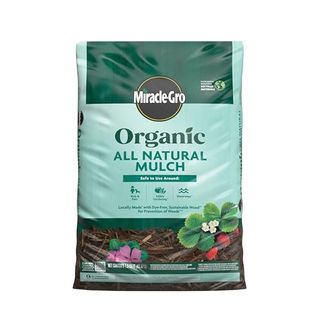How to grow flowering cherry trees in pots – expert advice for masses of blossom that will transform even the smallest spaces
Follow our expert-approved guide so that your pot-grown flowering cherry tree thrives this year
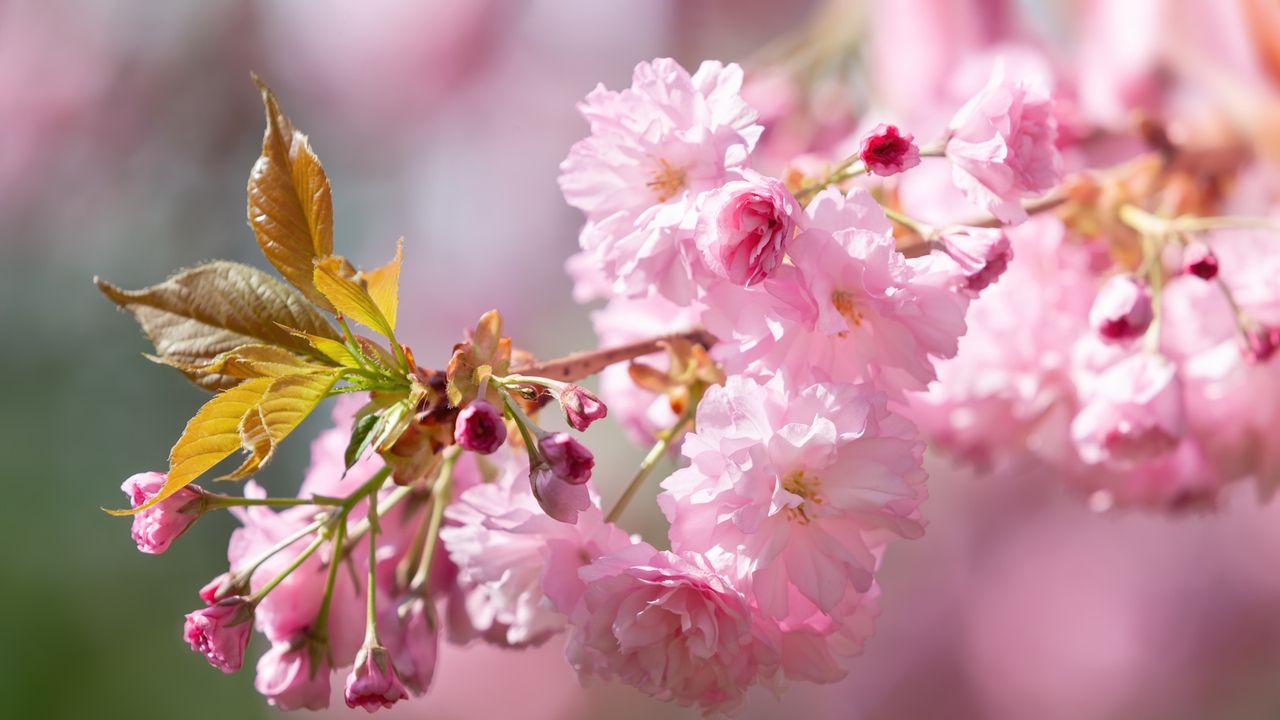

While they can grow to impressive sizes when planted in the ground, you don’t need a large backyard to enjoy pink and white cherry blossom. Many different cherry tree varieties can thrive in pots, bringing color to even the smallest spaces, including patios, terraces and balconies.
Cherry trees typically bloom in early spring, and this fleeting moment is celebrated worldwide, although nowhere more so than in Japan, where the traditional custom of enjoying the transient flowers (or Hanami) is an important time of the year for families and friends to gather.
So, if you want to add some color to your spring garden, why not learn how to grow flowering cherry trees in pots? With the right flowering cherry tree care, you can create your own blossom display that will impress and delight every year. Here, one garden expert reveals all you need to know about container culture, while also sharing some of the best compact varieties to plant.
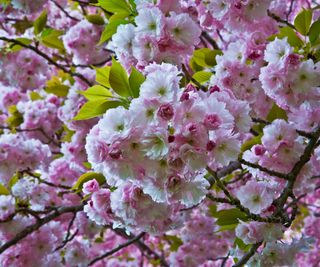
How to grow flowering cherry trees in pots
There are over a hundred different varieties of flowering cherry trees that are found growing worldwide. Most are fully winter hardy, including the Japanese cherry tree, or Prunus serrulata, which grows best from US hardiness zone 5.
Cherry trees require a period of cold weather during winter to bloom, and it is the change in temperature during spring that signals to the plant that it is time to flower.
Growing advice for flowering cherry trees in pots
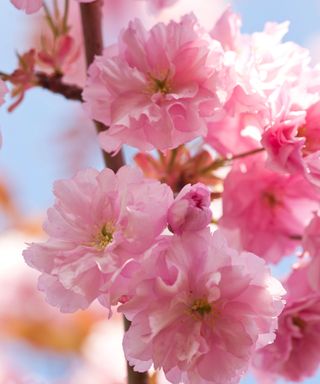
'Growing cherry trees in containers is absolutely possible,' says Alex Kantor, owner of Perfect Plants Nursery, 'so long as certain conditions are met, these flowering trees will thrive in your yard.
It is worth investing in a large pot that measures around 15 to 20 inches in diameter to give your new tree plenty of room to grow. Selecting a big container will encourage your cherry tree to produce a good, strong root network. It is sensible to move your pot to the right situation before filling it with drainage material and good quality potting mix, available from Amazon, so take time to find the right spot in your yard.
'In general, cherry trees require full sun, so place your container in a location that receives at least six to eight hours of sunlight daily,' Alex says. 'This will help improve blooming during the springtime.'
In terms of how to plant cherry trees, this is best done either in fall or spring during mild spells and avoiding any temperature extremes. Younger, smaller trees may need some protection if the weather dips, but in general, flowering cherry trees are fully winter-hardy.
'Cherry trees prefer consistent moisture, so ensure that the soil is neither too dry nor water-heavy,' Alex adds. Complete some deep watering to help the plant establish, but following this, you should only need to water the container when the top inch of soil feels dry to the touch.
'To promote better blooming, you can use a slow-release fertilizer, available from Perfect Plants. Apply a small handful in spring for the best results.'

Alex has worked in the horticultural industry for over 20 years and grew up on the farm since his childhood years. Alex is an expert on landscape trees, shrubs, and indoor plants. He is passionate about growing and helping others learn the trade.
Cherry tree varieties to grow in pots
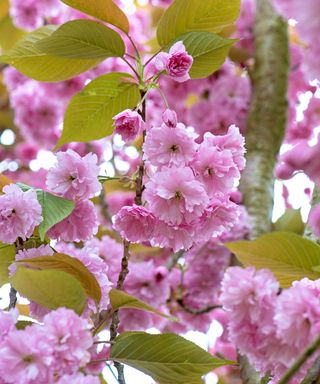
'Flowering cherry trees are some of the best trees to grow in pots, but some varieties are better suited for container growth than others,' Alex says.
'Many people enjoy weeping cherry trees, which add an elegant touch to backyards,' Alex says. Try this weeping Yoshino Cherry Tree, Prunus x yedoensis pendula, with live plants available from Perfect Plants Nursery.
There are also plenty of dwarf or compact varieties that are well-suited to patios and terraces. Prunus 'Kursar' is one option for small spaces that will take well to container culture. In addition, Prunus incisa 'The Bride' is another small tree that produces pure white, single flowers with a deep red, central flush in mid-spring.
Prunus incisa 'Kojo-no-mai' would also be another good choice. This variety reaches no more than six to eight feet tall, and its white blooms will prove popular with early-to-rise pollinators in spring.
'You will need to repot once every three years as your cherry tree outgrows the pot it's currently in,' Alex says. 'This can be tricky if the tree is root-bound, and often takes more than one pair of hands to get the job done.'
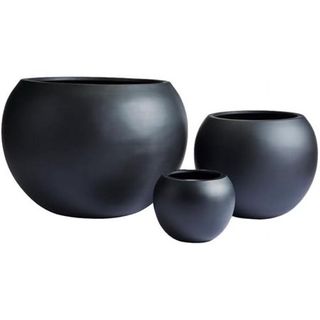
These large, modern planters are ideal for flowering cherry trees. Be sure to use a good drainage layer in the base of your pots.
FAQs
When is the best time to prune flowering cherry trees in pots?
In general, pot-grown flowering cherry trees will be slow growing, and should not need excess pruning. However, you can cut out crossing or dead branches in spring or summer, after flowering has finished. Doing so during mild weather is ideal as pruning cuts will heal faster.
During summer, it is a good idea to stick to a regular watering schedule as pots can quickly dry out, especially during July and August. Use your fingers to test when the top few inches of soil are dry, and give the container a good deep soaking as required.
For another tree with brilliant spring blossom, consider learning how to grow almond trees in pots. Almond trees, or Prunus dulcis, are less common than their cherry cousins, but no less beautiful. Adding another flowering tree to your yard will make for quite a colorful display during March and April.
Sign up to the Homes & Gardens newsletter
Design expertise in your inbox – from inspiring decorating ideas and beautiful celebrity homes to practical gardening advice and shopping round-ups.

Thomas is a Content Editor within the Gardens Team at Homes and Gardens. He has worked as a professional gardener for both public spaces and private estates, specializing in productive gardening, growing food and flowers. Trained in Horticulture at the Garden Museum, he has written on gardening and garden history for various publications, including The English Garden, Gardens Illustrated, Hortus, The London Gardener and Bloom. He has co-authored a Lonely Planet travel book, The Tree Atlas, due out in 2024.
You must confirm your public display name before commenting
Please logout and then login again, you will then be prompted to enter your display name.
-
 This mid-century Studio City home was updated for family life, without losing any of its original charm – take a tour to find out how
This mid-century Studio City home was updated for family life, without losing any of its original charm – take a tour to find out howUntouched for 60 years, this LA home was restored without losing its historic charm
By Karen Darlow Published
-
 Jennifer Aniston's 'resort-like' garden landscaping was 'years ahead' of a modern planting trend – designers say the result is effortless and serene
Jennifer Aniston's 'resort-like' garden landscaping was 'years ahead' of a modern planting trend – designers say the result is effortless and sereneIn the actress's garden, designer Marcello Villano blended plant varieties in a way that ' no one else ever has' – her landscape is contemporary yet whimsical
By Megan Slack Published
-
 How to grow marsh marigolds – the ultimate low-maintenance, moisture-loving plant that spring pollinators adore
How to grow marsh marigolds – the ultimate low-maintenance, moisture-loving plant that spring pollinators adoreMarsh marigolds can thrive in problem areas, including moist woodlands and boggy soils
By Thomas Rutter Published
-
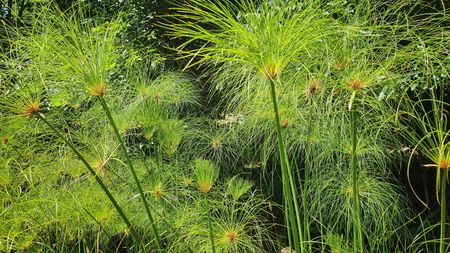 How to grow papyrus outdoors – and enjoy a firework-like display of foliage from these easy-to-grow, moisture-loving plants
How to grow papyrus outdoors – and enjoy a firework-like display of foliage from these easy-to-grow, moisture-loving plantsThese water plants have been grown for thousands of years and are great for backyards
By Drew Swainston Published
-
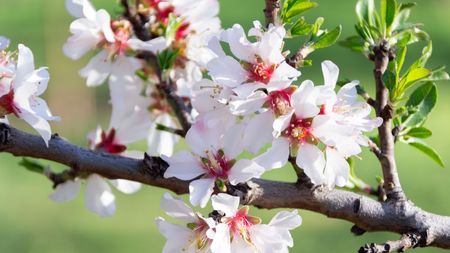 Best trees for spring blossom – 5 beautiful options for a spectacular seasonal show in any sized yard
Best trees for spring blossom – 5 beautiful options for a spectacular seasonal show in any sized yardPlanting one of these best trees for spring blossom will fill your yard with color
By Thomas Rutter Published
-
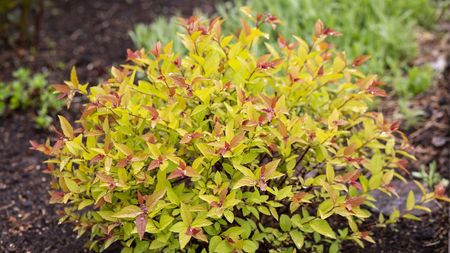 Low-maintenance dwarf evergreens for small spaces – 5 easy-to-grow compact plants for year-round greenery
Low-maintenance dwarf evergreens for small spaces – 5 easy-to-grow compact plants for year-round greeneryThese easy evergreens will inject structure and impact to a small yard
By Thomas Rutter Published
-
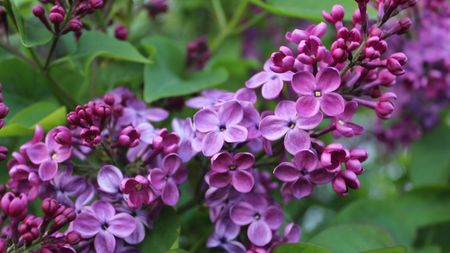 How to grow lilac in pots – for a fragrant spring flowering shrub that will elevate even the smallest yards
How to grow lilac in pots – for a fragrant spring flowering shrub that will elevate even the smallest yardsGrowing lilacs in pots is a great way to add a spring pop of color to patios and terraces
By Thomas Rutter Published
-
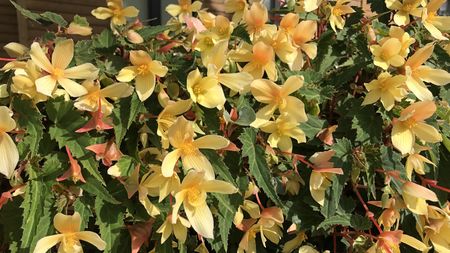 How to plant begonia bulbs – and transform your yard with the ultimate summer-flowering plant
How to plant begonia bulbs – and transform your yard with the ultimate summer-flowering plantFrom hanging baskets to patio pots, begonias are sure to elevate your summer displays
By Thomas Rutter Published
-
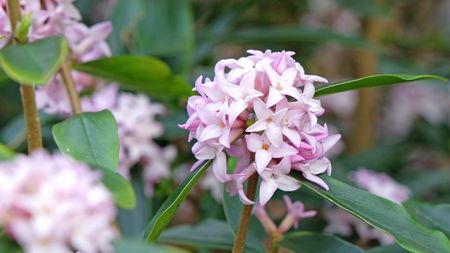 Shrubs to never hard prune – don’t risk the health of these 5 popular plants by cutting too much this year
Shrubs to never hard prune – don’t risk the health of these 5 popular plants by cutting too much this yearSometimes little is more when pruning, and these shrubs prefer a light touch
By Thomas Rutter Published
-
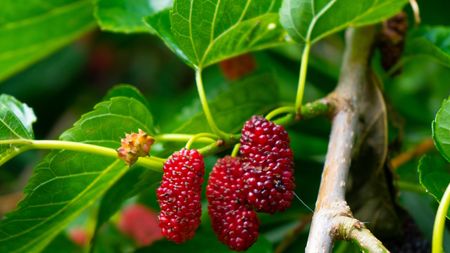 How to grow mulberry trees in pots – to transform small spaces with this beautiful and delicious fruiting plant
How to grow mulberry trees in pots – to transform small spaces with this beautiful and delicious fruiting plantGrowing fruiting trees in pots is a great way to boost your harvests in compact yards
By Thomas Rutter Published

